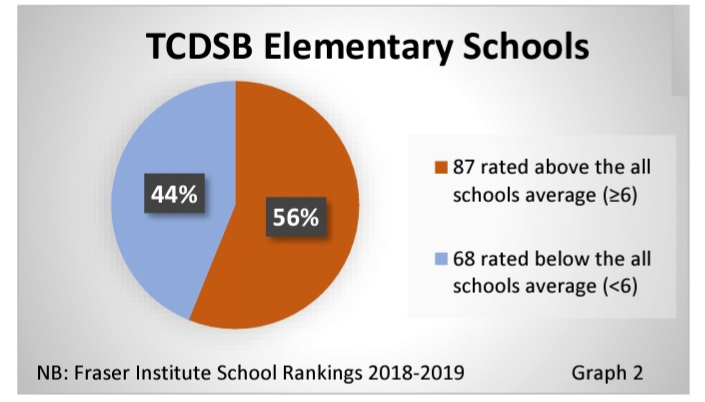Out of the classroom and into the “cloud”; comparing education strategies
TORONTO – Every parent wants their child to succeed in life. A big part of that is a child’s academic achievement in school. But, how do schools stack up in meeting student’s educational needs?
For parents, it can be a difficult decision to choose the best educational system for their children. In Toronto, aside from Private schools and schools for children with special needs, there are really only two choices in publicly funded schools. The larger of the two, the Toronto District School Board (TDSB), serves nearly 247,000 students in 583 schools. The TDSB is the largest school board in the province.
The alternative – for those who are qualified Catholic school supporters under the Education Act (in Toronto as elsewhere in the province), is the Toronto Catholic District School Board (TCDSB). Roughly one-third the size of the Ontario’s largest board, the TCDSB services approximately 91,000 students in 195 schools across the city.
Regardless of which educational system students are enrolled in, each one has a common goal. The top priority is to deliver a program that allows each individual to develop the necessary knowledge and skills that will lead them to become successful and productive members of society.
Although the curriculum is established by the Province, not all schools or boards register the desired achievement standards to the same degree.
The Fraser Institute (a third party “think tank”) officers a descriptive guide for parents and educators to measure school performance in academics. They use a variety of objective indicators to evaluate the academic success of each school.
For our purpose, they rate elementary schools on a system relying on the results from the provincewide tests in reading, writing and mathematics. Generally, these are the three main indicators that measure the “success” of the education system.
In Ontario, the ranking includes only those schools that meet the necessary requirements. For elementary students, there must be a minimum of 10 students enrolled in both grades 3 and 6 and they must complete the tests in all three categories.
Schools that do meet the criteria are assessed and given a rating from zero to ten. The rating is based on a conversion formula of the data collected through the standardized test results (EQAO data).
The overall rating reflects the performance across all indicators. The average of six (6) is considered the minimum performance that confirms students are at or beyond expectations for the grade level.
Not everyone agrees but schools and Boards are judged by how well their students perform against that standard. For instance, of the 267 TDSB elementary schools which met the requirements, 65% rated at and above the average value (graph 1).

For the board’s Catholic counterpart (155 elementary schools), the value was 56% (graph 2). The flip side of those numbers, 35% and 44% respectively, are unflatteringly referred to as failure rates.





